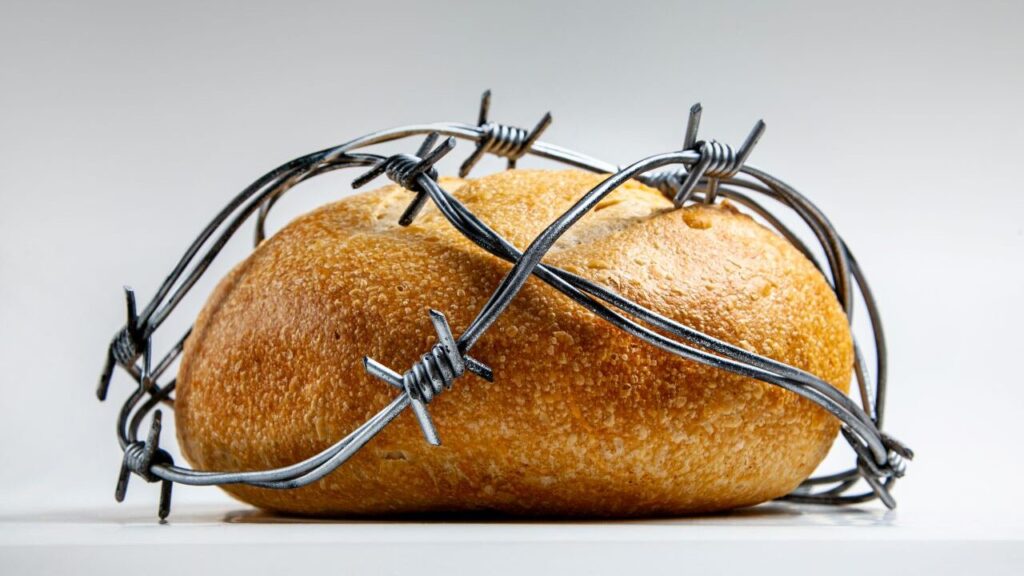
The Trump administration has acknowledged that its aggressive immigration policies may pose “immediate dangers” to the United States food supply. According to a memo from the U.S. Department of Labor, the drastic reduction in the flow of undocumented immigrants, coupled with a shortage of available legal workers, is leading to significant disruptions in agricultural production and rising costs for consumers.
This warning was published in a document on October 2, 2023, in the Federal Register. It contradicts previous assertions made by Agriculture Secretary Brooke Rollins in July, who claimed that mass deportations would create a “100% American” workforce in agriculture.
The Department of Labor’s memo outlines a structural crisis in the agricultural sector, stating that the “near total cessation of the inflow of illegal aliens” is resulting in a lack of flexibility in the workforce. This has led to instability in domestic food production and price fluctuations for consumers. The memo emphasizes that many essential agricultural jobs, such as picking crops and working in slaughterhouses, require manual labor under challenging conditions, which few American-born workers are willing to undertake.
Despite the administration’s expectations that cuts to social welfare programs such as Medicaid would encourage U.S. citizens to fill these roles, the Department of Labor indicates that there is “a persistent and systemic lack of sufficient numbers of qualified, eligible, and interested American workers” to meet agricultural demands.
The H-2A temporary agricultural visa program has seen significant approvals in recent years, with the federal government granting 97% of applications from 2020 to 2024, citing a lack of qualified U.S. workers.
As the impact of these policies becomes more apparent, consumer prices have begun to rise. The consumer price index increased by 2.9% in August 2023, reflecting the growing financial strain on American households.
In an effort to mitigate these challenges, the Trump administration enacted a rule on the same day as the warning that lowers wages for migrant seasonal farmworkers on H-2A visas. This change is projected to save farmers $24 billion over a decade and aims to alleviate “imminent widespread disruption” in the agricultural sector. However, this approach challenges the conventional economic principle that wages typically rise during labor shortages.
Furthermore, President Donald Trump announced plans for additional economic support for farmers, which could amount to billions of dollars. This move echoes past actions taken in 2018 when the administration provided financial assistance to farmers adversely affected by trade disputes with China. The current situation indicates that many American farmers are again facing financial difficulties, with reports suggesting that tariffs are pushing some to the brink of bankruptcy.
As the administration grapples with the consequences of its policies, the long-term implications for U.S. food security and pricing remain uncertain. The intersection of immigration policy and agricultural labor is proving to be a complex and contentious issue as the country navigates these challenges.







